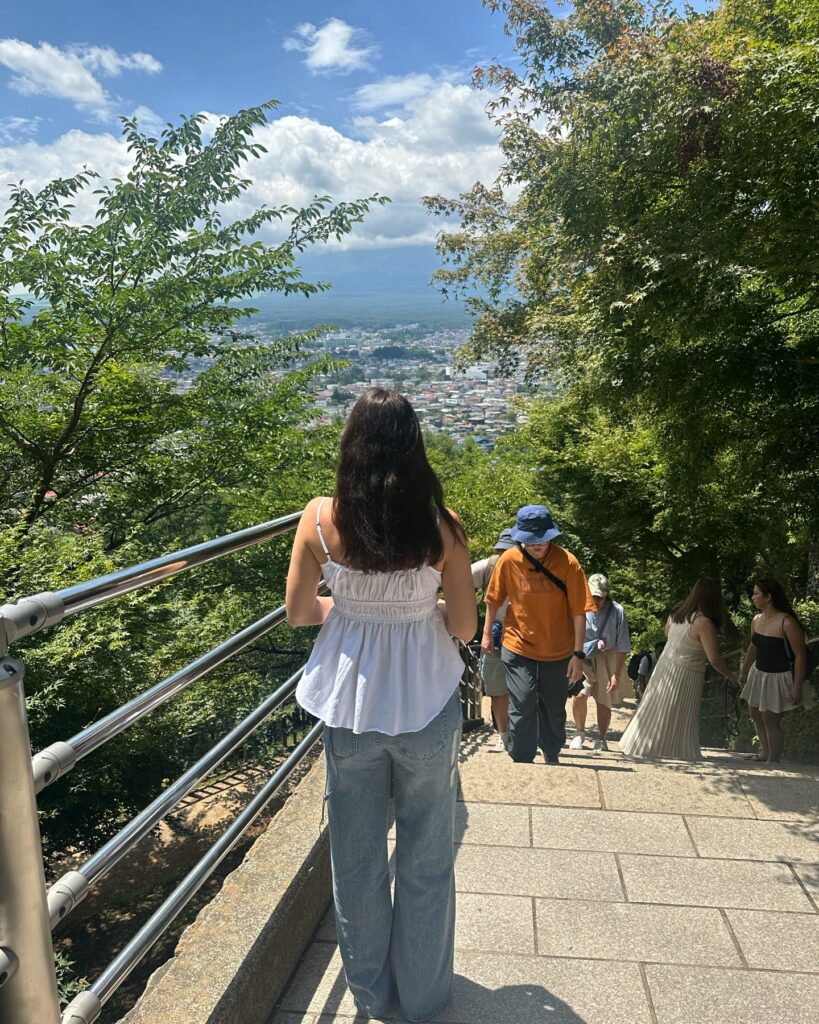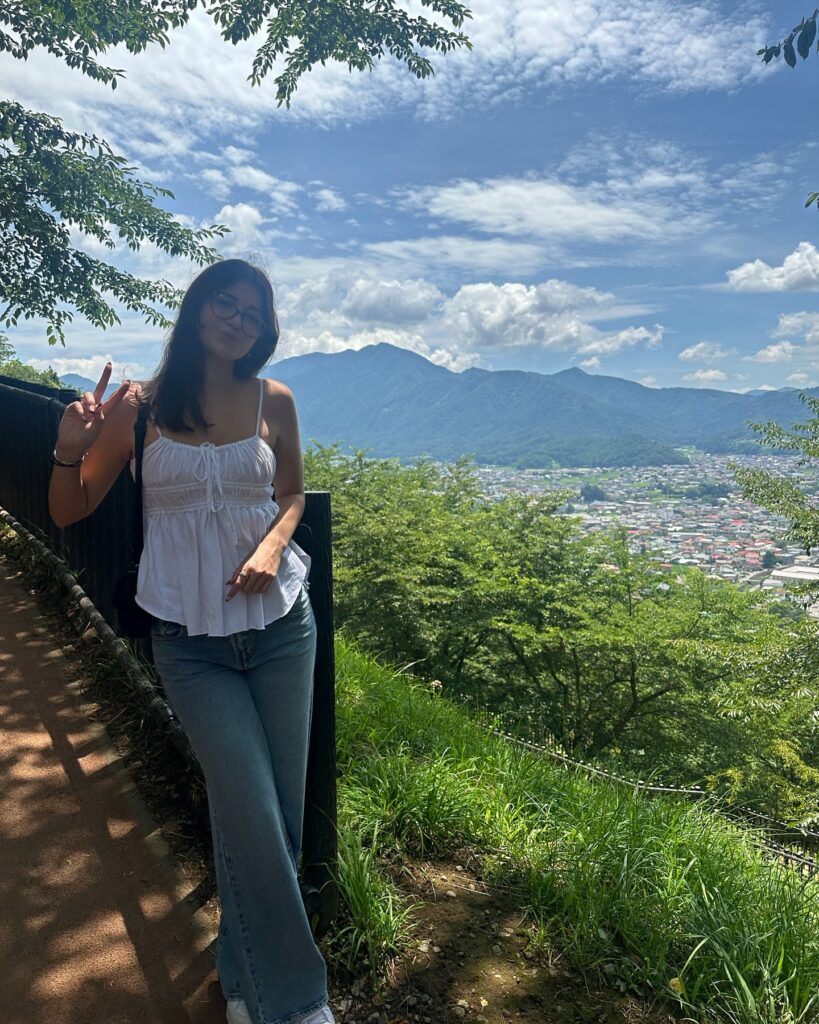
There’s something unmistakable about an Asian summer—the kind that sweeps over you like a warm, humid hug, bringing with it a mix of colors, sounds, and tastes that fill the air. The sun beats down, but it’s not a harsh heat; instead, it’s a blanket of warmth that stretches out over the days, leaving the world in a golden haze. It’s the kind of summer where every moment feels like a story waiting to unfold.
For me, an Asian summer means something different every year. Sometimes it’s spent in bustling cities, other times in the quiet embrace of a village. But one thing always stays the same: the sense of connection. The way the land, the people, and the culture come together to make every summer moment feel alive.
As the sun begins to rise higher in the sky, you can feel the heat and humidity start to settle into your skin. In the mornings, the air is thick with moisture, like a fog that refuses to leave even as the day breaks. On the streets, the sounds of the city start to pick up—street vendors calling out their goods, children playing in the narrow alleyways, and the hum of scooters zipping through traffic. It’s chaotic but somehow comforting, like the heartbeat of the city itself.

The streets are a patchwork of colors: bright, floral patterns on the clothing of passing pedestrians, neon signs flashing in every language, and colorful umbrellas dotted along street corners where vendors sell everything from skewered meats to refreshing coconut water. The scent of fried food fills the air—sizzling noodles, fresh spring rolls, and the unmistakable tang of chili and garlic. In the distance, you can hear the rhythmic sound of bamboo sticks clapping together, as the game of “takraw” (a traditional Asian sport) is played by a group of young men, their laughter and energy infectious.
But it’s not just the urban hustle that defines an Asian summer; it’s the moments when you escape to the countryside. There, the heat is the same, but the world feels different. The sound of cicadas buzzing in the trees is like a lullaby, one that plays in the background as you take a leisurely stroll along rice paddies, the emerald green fields stretching endlessly before you. The occasional gust of wind rustles the leaves, sending a refreshing coolness over your skin for a brief moment.

In rural areas, the summer heat doesn’t feel like an intrusion—it feels like a part of the landscape, woven into the fabric of the earth. The mornings are quieter, with only the soft hum of nature filling the air. But as the day goes on, the world comes alive. The village wakes up. Women hang clothes to dry on bamboo poles, their brightly colored garments fluttering in the wind like flags. Children run barefoot in the dirt roads, playing games or helping their parents with chores. The elders sit on small wooden stools outside their homes, chatting in low voices as the heat of the day intensifies.
Afternoons are spent in search of relief from the relentless sun. You’ll find yourself hiding in the cool shade of a banyan tree, sipping ice-cold drinks that taste like summer itself. The tang of freshly squeezed mango juice, the smooth sweetness of coconut water, or the refreshing burst of sugarcane juice—they all come together to create a perfect respite from the heat. Sometimes, there’s a lingering taste of nostalgia, as if every sip carries memories of summers long past.

But it’s not just the physical heat that defines an Asian summer. It’s the way the season seeps into the culture, into the everyday rhythm of life. In some places, it’s the festival season, when the streets explode in a riot of colors and lights. In Thailand, the Songkran Festival turns the entire country into one big water fight, with people throwing buckets of water at each other, celebrating the Thai New Year with joy and abandon. In Japan, the summer months bring the matsuri (festivals), with people dressed in yukatas, dancing in the streets under the glow of lanterns. In Korea, it’s the time of the year when families gather for picnics, eating sweet watermelon and playing traditional games under the wide blue sky.
For me, an Asian summer also means the gentle hum of family and tradition. It’s the time when you gather around a large table, eating meals that seem to stretch on forever. In Vietnam, it’s the summer feast of bánh xèo (crispy pancakes) and fresh herbs, eaten with your hands, dipping them into tangy fish sauce. In India, it’s the spicy chaat stalls lining the streets, offering a burst of flavor in every bite. In China, summer brings long family dinners, where you gather around a lazy Susan, sharing dishes of dumplings, steamed fish, and sizzling hot pots.

Even the simple act of eating takes on a special quality in an Asian summer. The food is an expression of love, of hospitality, and of the desire to bring people together. It’s a time for sharing stories, laughter, and the kind of connection that only seems to happen when the sun is high and the air is thick with warmth.
As the sun begins to set, the heat of the day starts to ease, and the sky shifts from blue to shades of pink, orange, and purple. The streets come alive with the soft glow of streetlights, and the evening air feels cool against your skin. It’s the perfect time for a walk, perhaps through the markets, where the night vendors begin to set up their stalls, offering everything from skewered meat to sweet treats like mango sticky rice or coconut ice cream.

And then, of course, there’s the night. In some parts of Asia, the night is just as vibrant as the day. In Bangkok, the night markets buzz with energy, the air filled with the smells of grilled meats and sizzling seafood. In Bali, the night sky is dotted with stars, and the sound of waves crashing on the shore becomes the soundtrack to a perfect evening. In cities like Hong Kong and Seoul, the neon lights reflect off the glass buildings, casting a colorful glow on the streets, while people gather at cafés, chatting late into the night, sipping iced teas or refreshing cocktails.
An Asian summer is never just about the weather. It’s about the people, the traditions, the festivals, and the food. It’s about the heat, yes, but it’s also about the way the season brings everything to life. It’s a season that feels full—full of energy, full of connection, full of joy.
And as the summer nights stretch on, it’s clear that the warmth of the season isn’t just something you feel on your skin. It’s something you carry with you, long after the last drop of sweat has dried and the sun has set.



